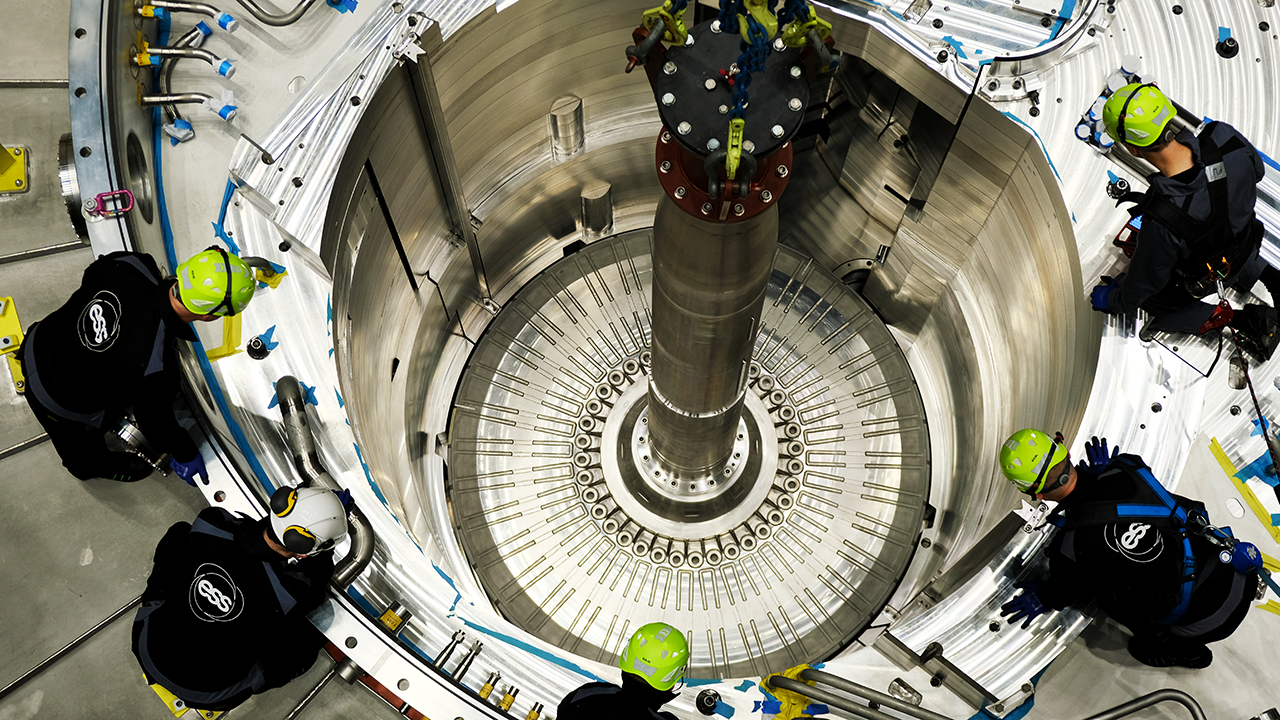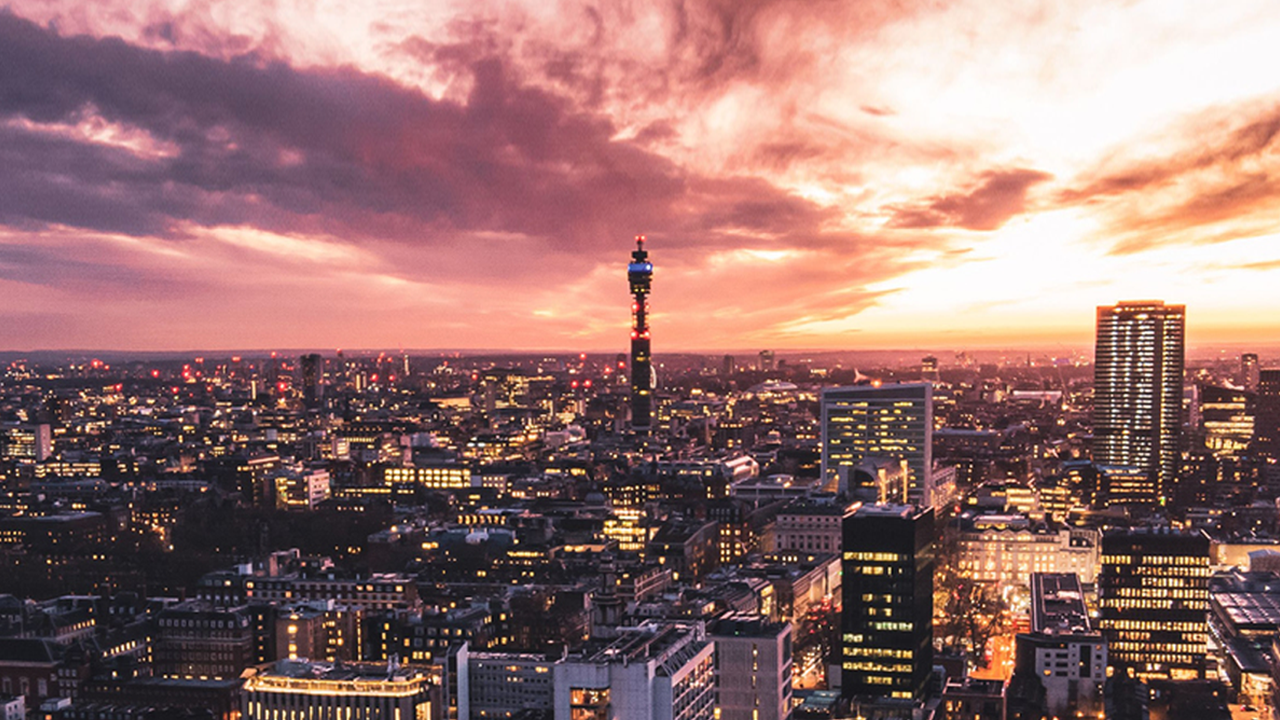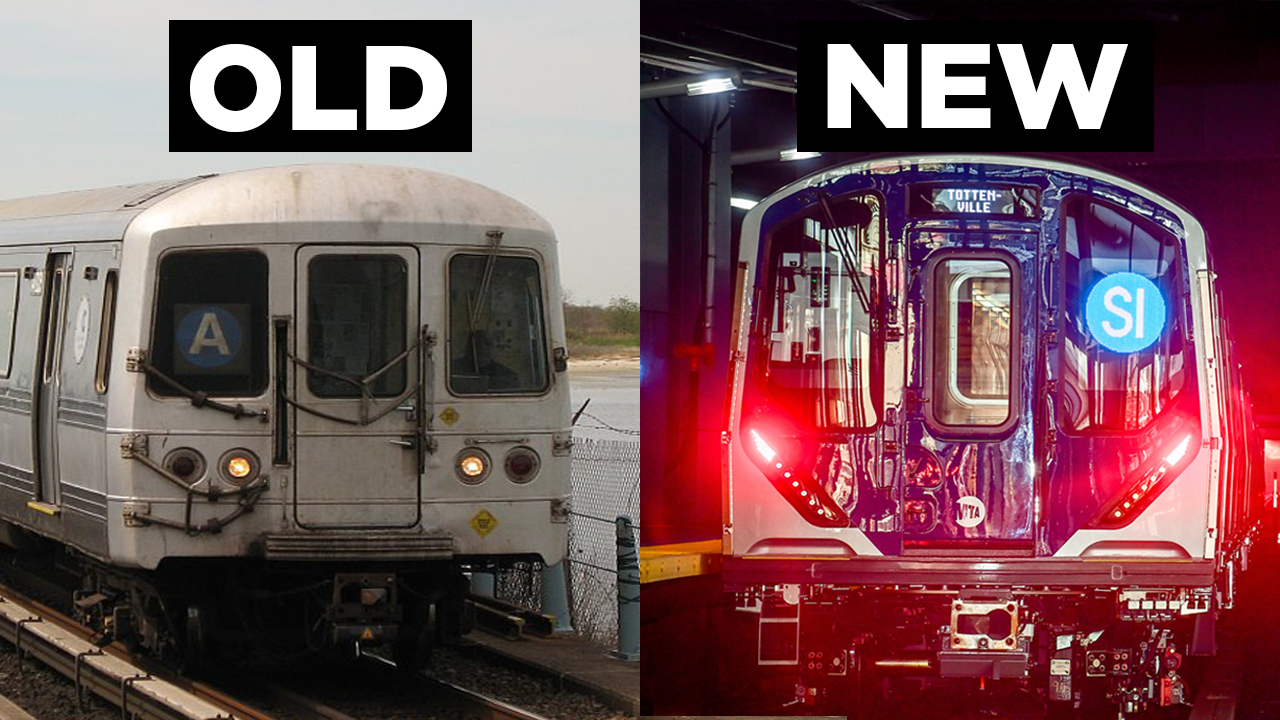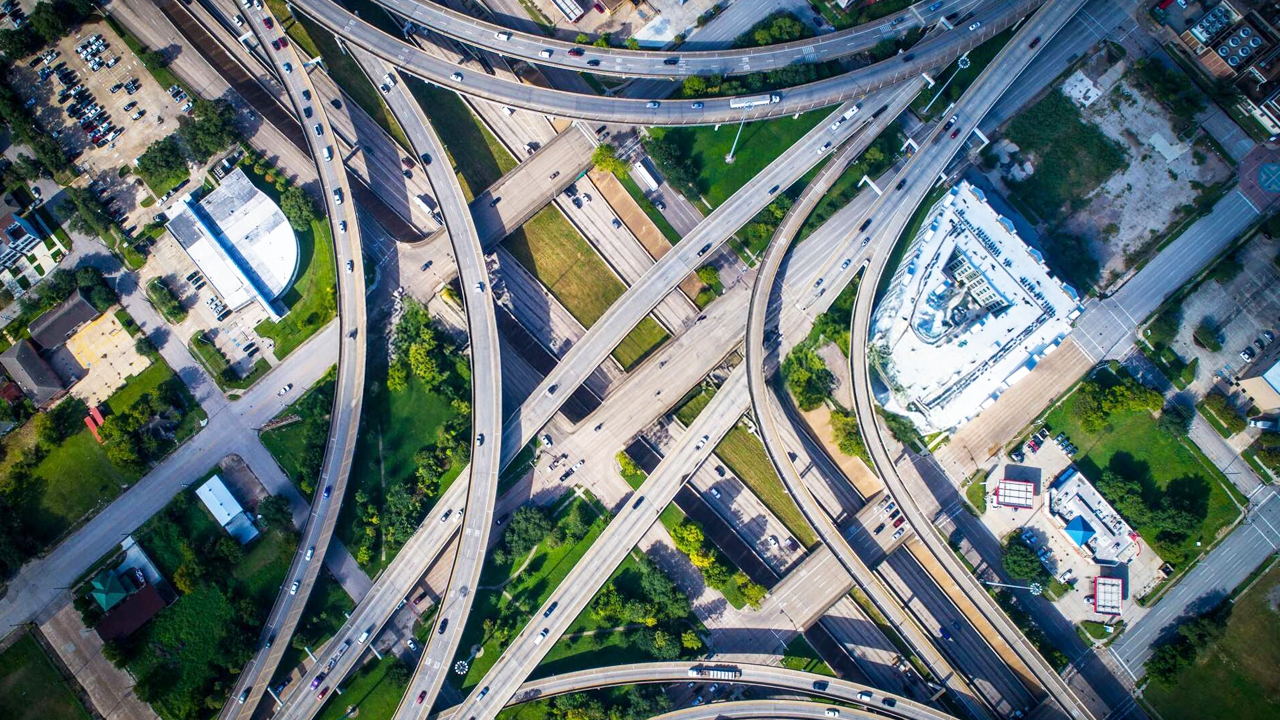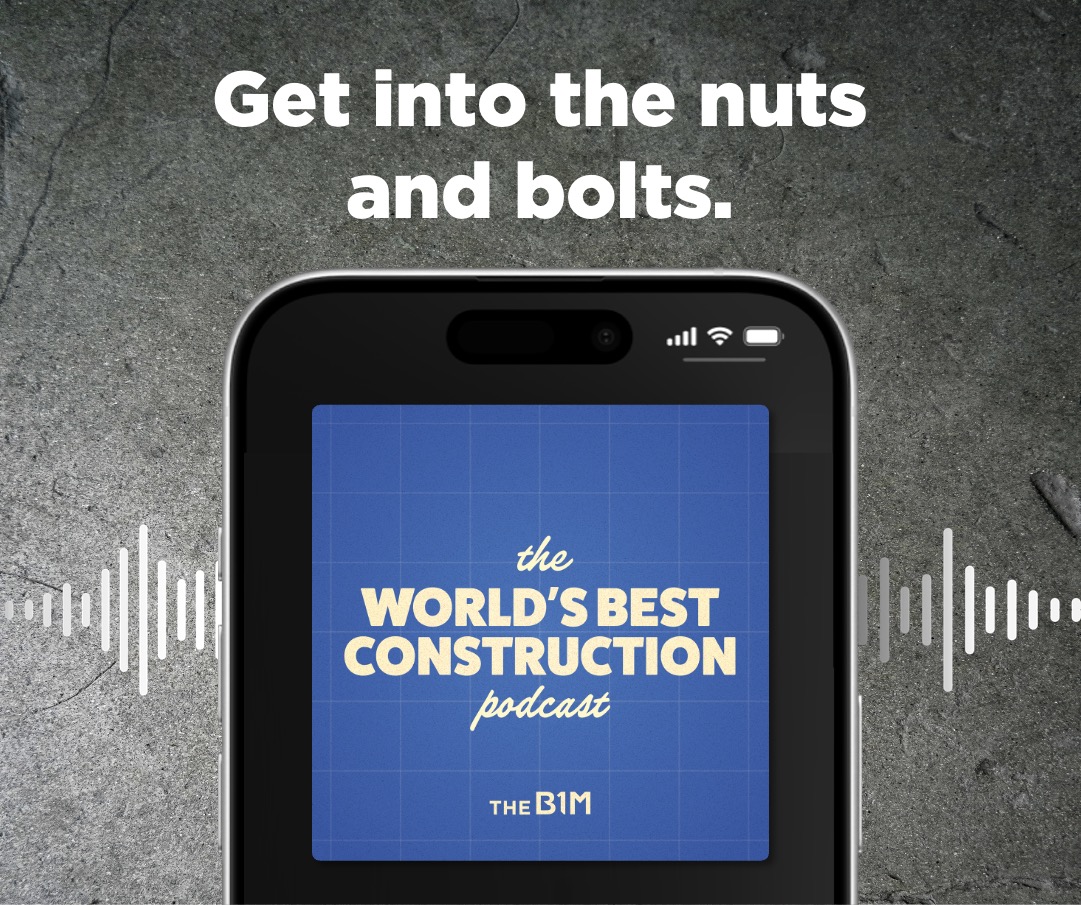Why Canada Desperately Needs This $13BN Railway
- Youtube Views 1,212,654 VIDEO VIEWS
Video hosted by Fred Mills.
TRAVELLING around Toronto is hellish.
Famed for its crazily congested roads, the city offers one of the worst travel experiences anywhere in North America.
That’s why residents were delighted to learn they’d be getting the multi-billion dollar Eglinton Crosstown; a new light rail line that will ease pressure on Toronto’s desperately overcrowded travel network.
But notice the very intentional use of the past tense: were delighted.
14 years later, Eglinton Crosstown is a shining example of how not to build a rail line and Torontonians are sick of it.
This is Eglinton Crosstown
Stretching 19 kilometres from east to west, the Eglinton Crosstown will - eventually - be a game-changer for the city’s residents.
Starting at Mount Dennis and ending at Kennedy, 25 stations are being created for the new route. It’s a light rail or LRT line, featuring 10 kilometres of tunnels to navigate this incredibly busy city.
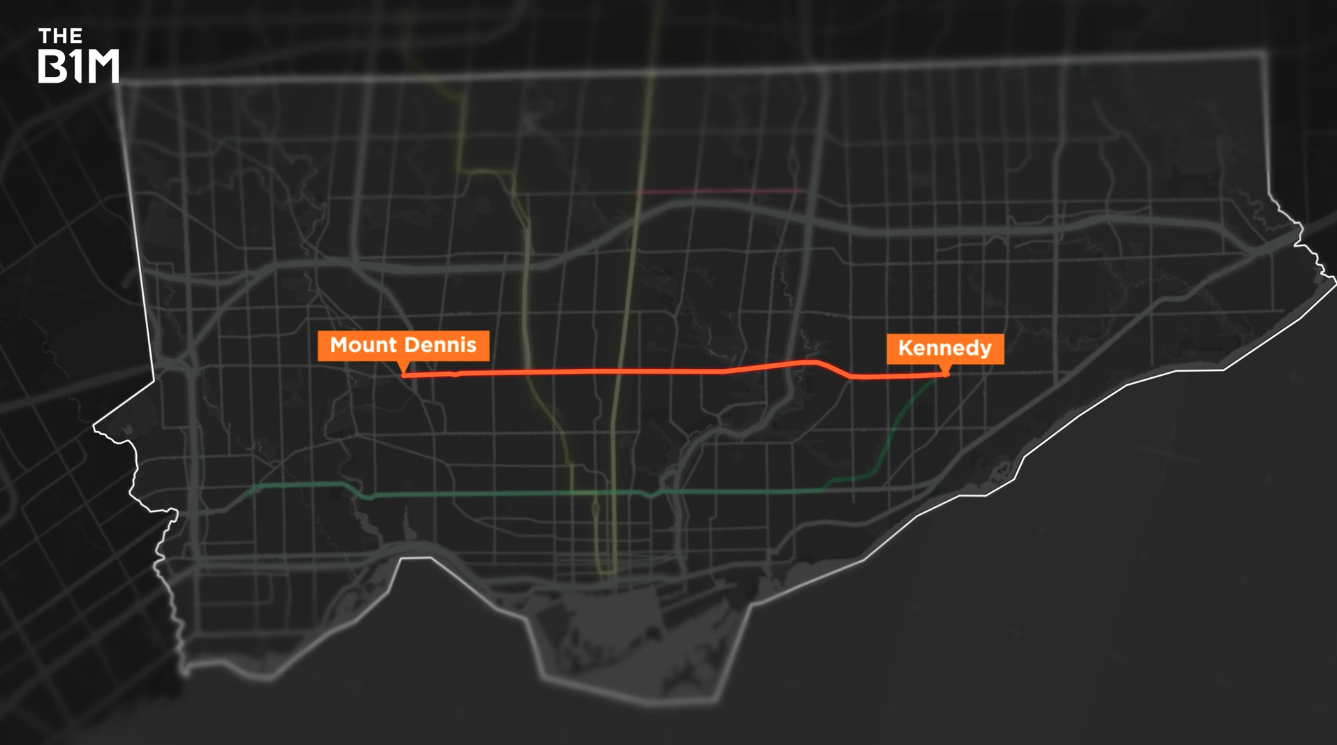
Above: Eglinton Crosstown is an east-west LRT running initially from Mount Dennis to Kennedy.
If you’ve spent time in Toronto, you’ll know it already has a subway and you might be wondering why they don’t just add a new line to the pre-existing network.
A subway line would be faster but with speed comes size - subways are generally larger and longer and cost a whole lot more to build and run.
LRTs feature tracks on the surface, requiring fewer tunnels and less complex engineering. In short, an LRT is slower but a lot simpler and so they’re cheaper to build.
Four TBMs, nicknamed Don, Humber, Dennis and Lea bore out the main route and they're truly massive pieces of kit. They measure 81 metres long and weigh 511 tonnes each.
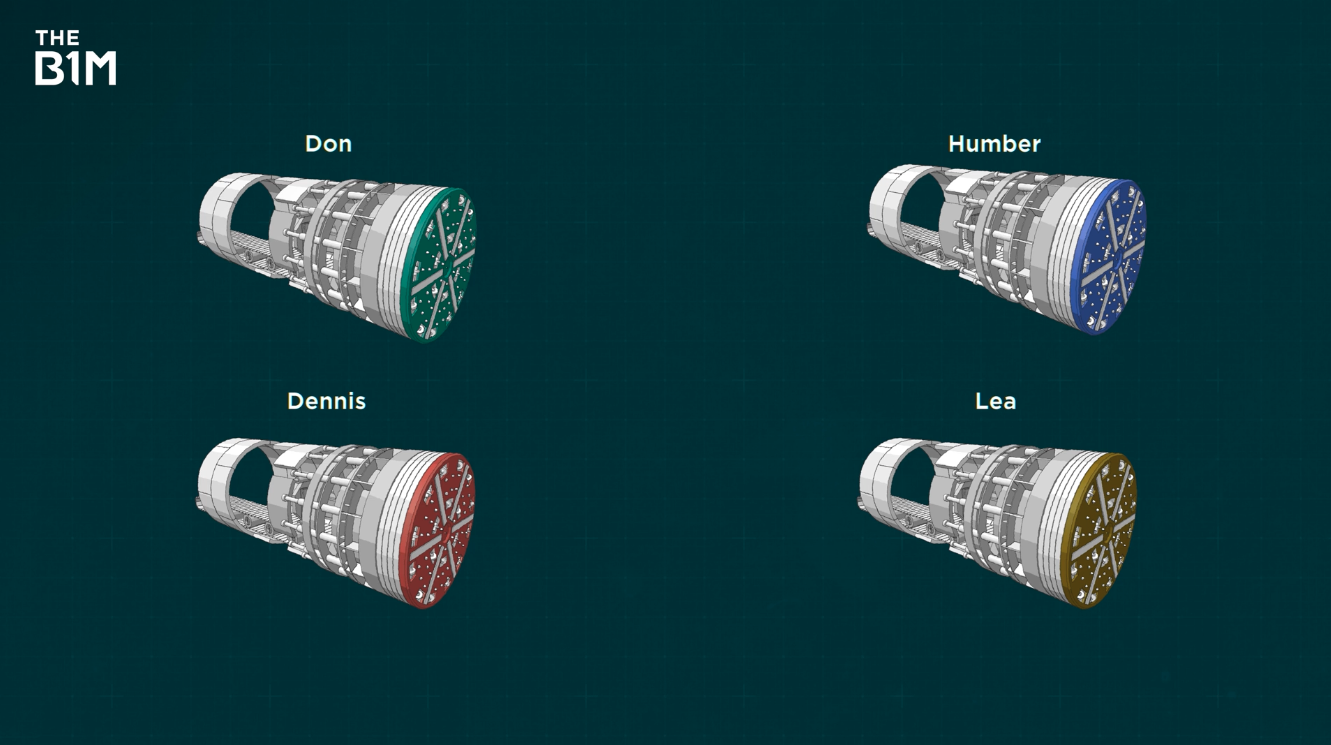
Above: Four massive pieces of kit known as tunnel boring machines cut out the route for the underground sections of the Eglinton Crosstown route.
For context, that’s twice as heavy as Air Force One and still nowhere near as big as some of the TBMs found around the world.
Tunnelling work was finished by 2016 but it wasn’t until 2020, a whole four years later, when the final two of these colossal pieces of machinery were finally removed from the ground.
They had to be taken apart in pieces, underground, while work continued around them and because of their sheer size, that took ages.
While it always takes a while to remove TBMs from the ground - often several months - it shouldn't take four years.
At this point, it’s worth mentioning this line was meant to open in 2020 but spoiler alert: delays are a theme of this story.
But no matter how long it takes, the city desperately needs this to work.
Why Toronto needs Eglinton Crosstown
Toronto’s population has boomed and it’s one of the fastest growing anywhere in North America.
In 2023 it experienced the largest growth across the US and Canada - a whopping 70,000 more people than second placed Dallas-Fort Worth.
Up until last year when Canada announced stricter immigration controls, the nation used foreign talent as a crutch to support its labour shortages and aging population.
Given Toronto is the country’s finance and tech capital - i.e. there are lots of jobs on offer - it’s often where people moved to but when you have lots of people, you need lots of homes.
The city now faces a housing crisis which hasn’t been helped by something called the yellow-belt.
In very simple terms, the yellow-belt is an area on the outskirts of Toronto where development is limited. The idea was to protect small town neighbourhoods from the explosive growth of the city centre.
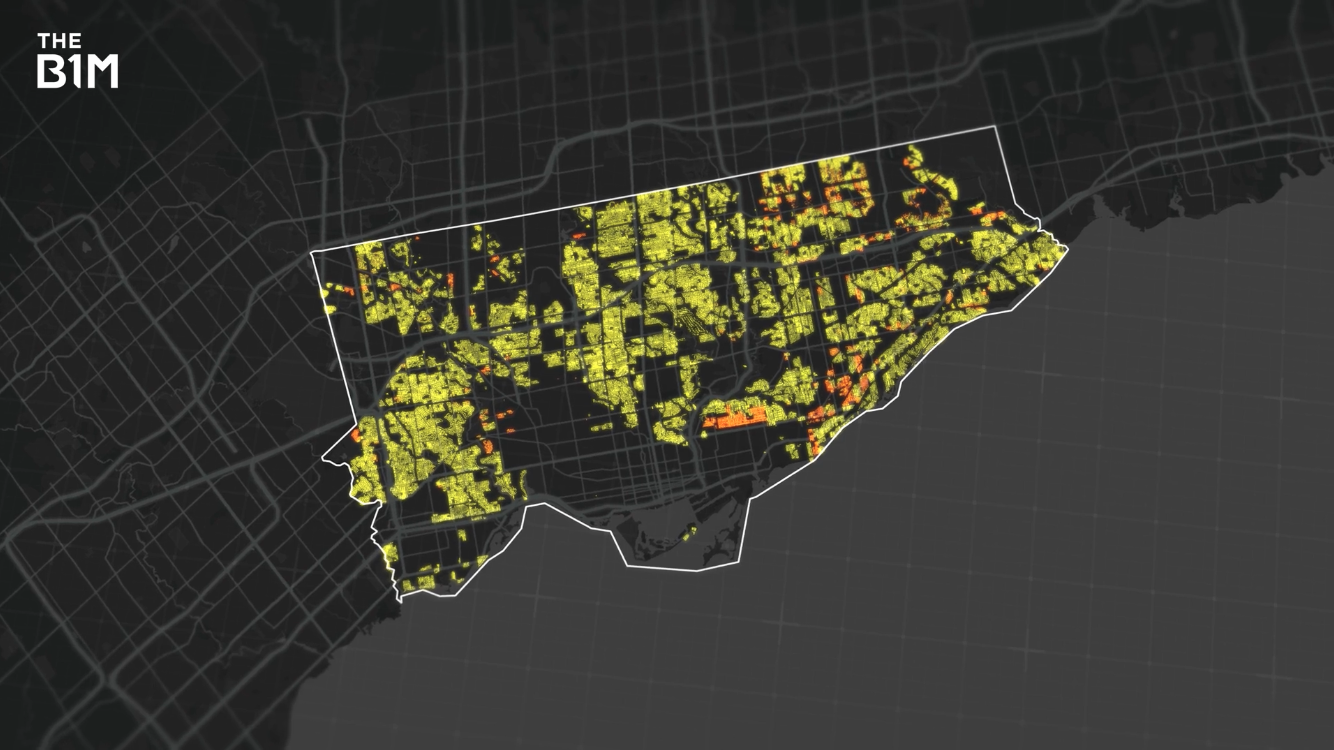
Above: The Toronto yellow-belt saw vast areas in and around the city protected from major development.
Up until recently, the yellow-belt saw massive areas of Toronto limited to one housing unit per property - not very space efficient when your population is soaring.
That recently changed to allow four units of housing per plot of land but the damage is done. The policy led to far reaching urban sprawl but that’s not where the jobs are.
People living outside of the city centre still need to get there for work.
Toronto has one of the busiest subways in North America, its buses are constantly choc-a-bloc and delayed and traffic jams are a dime-a-dozen as journalist, Chris Hume explains:
"We’ve added ridership to the subway but not capacity so more and more people are clamouring to the Yonge line but the subways can’t carry anymore people than they already do."
A big part of the problem is the serious lack of travel options in one of the busiest areas of the city: Eglinton Avenue in Midtown.
"Eglinton Avenue is a major east-west arterial road that runs through the city from one end to the other. It’s the only major road, only road period that runs through all of the six former boroughs that now make up the new post-amalgamation Toronto so it’s a major route", said Hume.
Toronto has a subway but it's nowhere near expansive enough and while there are buses and streetcars, they’re often so horribly crowded that you’d be lucky to get onboard.
"The congestion has reached a point where it’s sort of a civic joke", said Chris. "A hockey team from out of town showed up to play the Leafs and they had to get out of the bus and walk all the way to the stadium or the arena because the bus couldn't move because the traffic was stuck. I mean, this literally happened."
You’d think an influx of talented people would be cause for celebration, a long commute is just part of the package and you'd be right - partially.
In Canada, municipalities like Toronto own 60% of the nation’s core public infrastructure but receive only 10% of every tax dollar.
As of last year, the city was facing an eye-watering $26 billion funding gap and that’s just so infrastructure doesn’t degrade to impactful levels.
The city’s 2025 management plan looks a whole lot more promising but you see why Toronto is in its current situation.
The money hasn’t been there in the past to allow the city to keep up with its rapid growth and so it’s a miracle Eglinton Crosstown is happening at all.
The journey to build Eglinton Crosstown
The road to get here has been farcical and that’s before construction even started.
In 1994 a hole was dug for an Eglinton subway route which was then cancelled and the hole filled in for a pricey $40 million.
A light-rail network called Transit City was later agreed but it was decided that didn’t work so it was replaced with an underground line along Eglinton.
A Sheppard subway route to Scarborough was then scrapped and Transit City rose from the ashes.
But after yet more debate, it was decided Transit City didn’t look right and it was thought a subway route to Scarborough would be best instead.
Now we’re here, with Eglinton Crosstown finally nearing completion - we think - but that doesn’t mean Torontonians are relaxed about it.
In fact, they’re spitting feathers because the building of this line has been handled horribly.
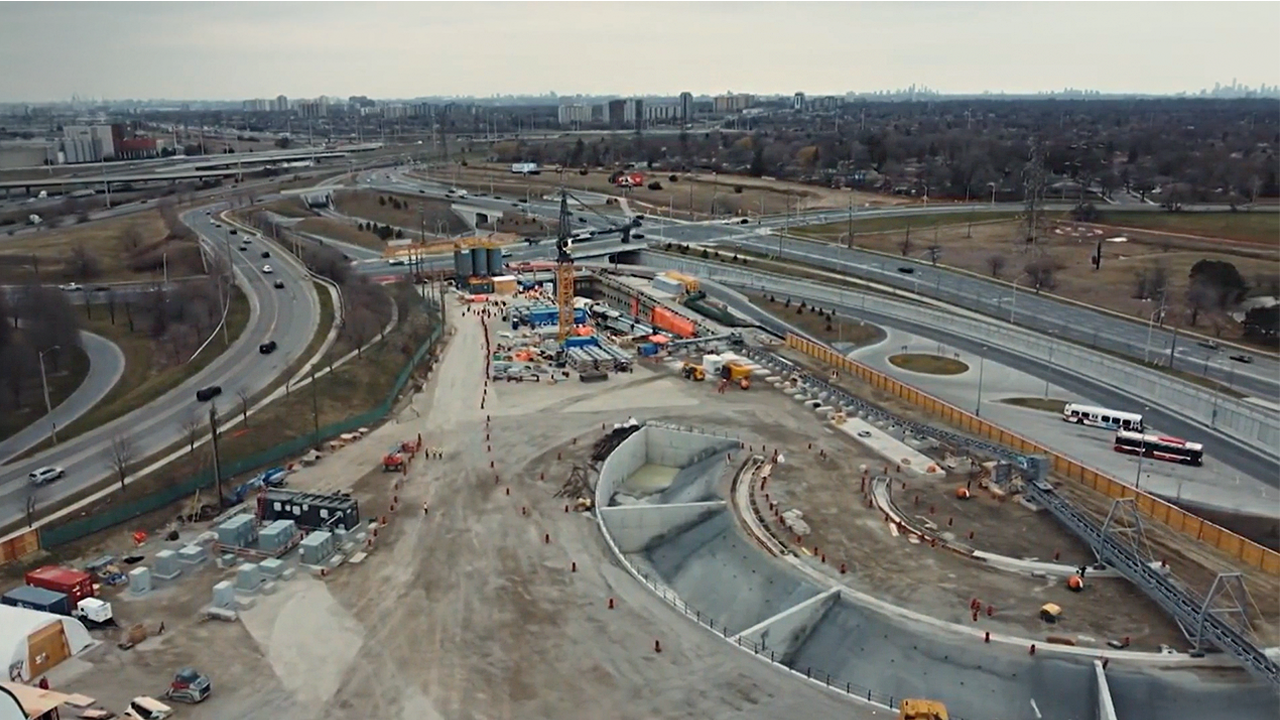
Above: A construction site along the Eglinton crosstown route. Courtesy of CP24.
Every major construction project runs into problems - that’s just the nature of the beast but by 2023, Eglinton Crosstown had some quality control and technical issues that needed addressing, pushing the completion date into unknowns.
And when we say some, we mean 260.
You’re probably thinking they’re minor issues but there have been some seriously major setbacks.
For instance, in 2021, Metrolinx, the provincial body overseeing the project, realised a section of track had been laid in the wrong place.
It was a few millimetres off-spec and that may not sound like a big deal but if it hadn’t been fixed, there was a real risk of derailing trains.
Those millimetres of mistakes took two months to rectify.
Toronto sits on top of lots of old infrastructure that hasn’t been replaced in decades. No more so than under the 1950s era Eglinton Station that the new LRT line connects to.
Deep below the station’s platforms, engineers ran into a problem that caused headaches paracetamol couldn’t solve: caissons.
A caisson is a huge, watertight, concrete box or cylinder that acts as a retaining structure during construction, offering stability in water or soil for the surrounding support elements.
In this case, it’s a crucial piece of the jigsaw that helps keep the ground stable for the subway tunnels.
In 2019, it was reported unanticipated work was needed to fix defects with the Eglinton Station caissons. Assessments were carried out, a plan drawn up and some of the caissons were removed while others were reinforced.
You can’t blame Metrolinx for installations in the 1950s but the discovery of the problems meant more delays and the opening date was pushed back from September 2021 to May 2022.
Back above ground this whole saga has been underpinned by a heated legal battle about deadlines, contractual agreements and suggestions of delaying tactics but we won’t get into all of that now.
It’s just another spanner in the works, stifling the progress of the stuttering Eglinton Crosstown.
And there’s more.
Beyond the construction errors and legal troubles, Metrolinx has faced a problem regularly faced by companies building rail lines: software issues.
Last year, the nerve centre, basically the brain responsible for moving trains safely and on time, was suffering with defects.
By June 2024 because of continued issues, the software was on its seventh version.
Anything that could go wrong when building a transit line seems to have come to pass with the Eglinton Crosstown project.
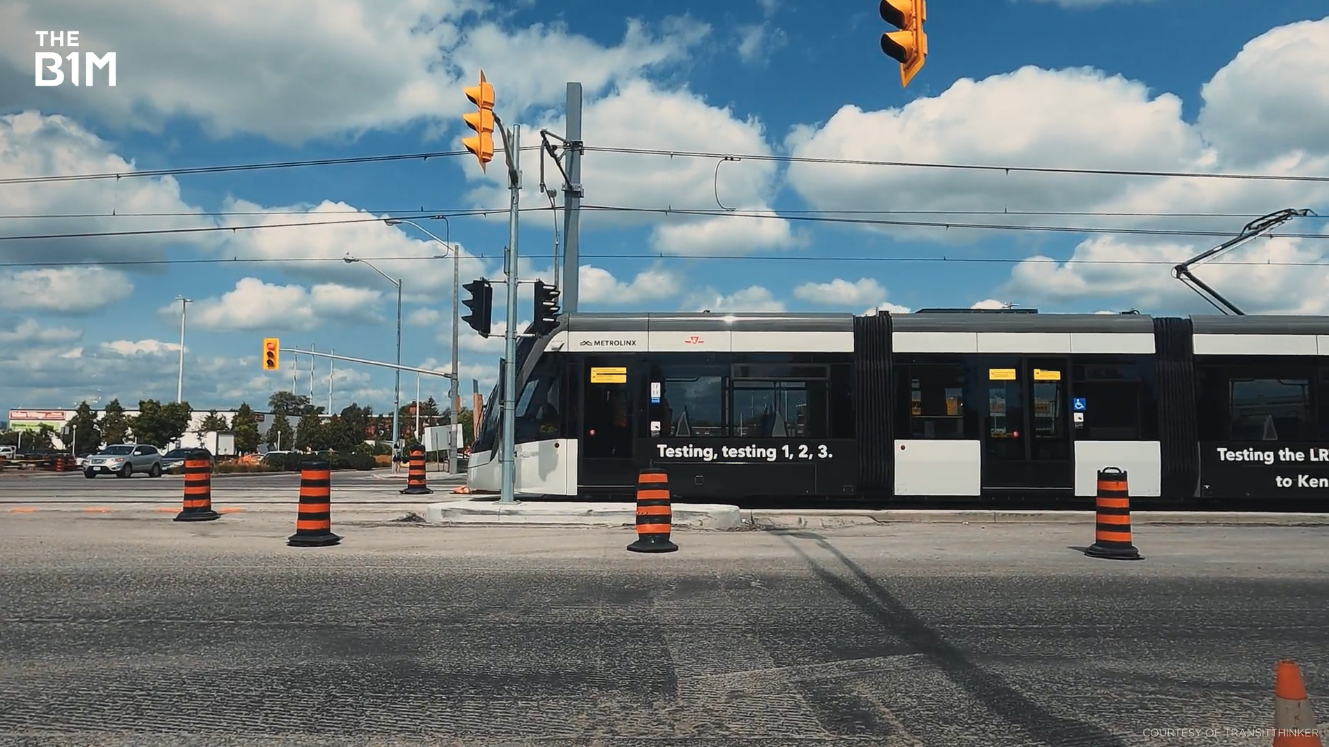
Above: Testing of a train on the Eglinton Crosstown line. Courtesy of Transitthinker.
What now for the new line?
We were told Eglinton Crosstown would open from Mount Dennis to Kennedy in September this year.
Although the former interim CEO of the Toronto Transit Commission, Greg Percy labeled that as a reach.
The Commission has taken control of the line and extensive stress testing is in motion.
You’ll be relieved to hear that large tunnel sections for the second phase of this project, known as the western extension, have already been dug too. That’ll extend from Mount Dennis out to Renforth with a planned opening date around 2031.
We can’t say for sure when phase one of this line will fully open, although Totorontonians have given up believing in target dates anyway.
The construction of Eglinton Crosstown has been a nightmarish journey but when it finally opens, it could change the face of travel in Canada’s busiest city.
The question is, will it be worth the wait?
Additional footage and images courtesy of Transitthinker, CTV News, CityNews, Doly Begum, Virgin Radio Toronto, Rob Oliphant, Toronto Sun, CBC News, Global News, The Canadian Press, CP24, Jortsmaster5000 / CC BY-SA 4.0.
We welcome you sharing our content to inspire others, but please be nice and play by our rules.
